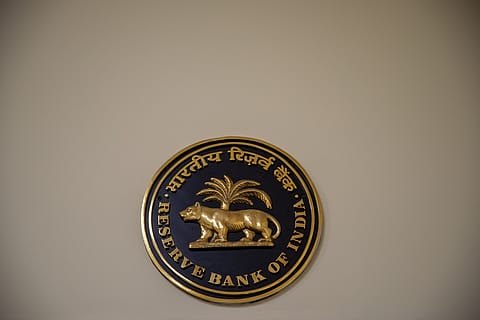RBI ends prepayment penalties; how it will benefit small borrowers, entrepreneurs
The move comes as a major relief as foreclosure charges once acted as artificial exit barriers, allowing complacency in pricing

In a landmark reform that could reshape small-ticket credit in India, the Reserve Bank of India (RBI) has barred banks and non-banking finance companies (NBFCs) from charging prepayment penalties on most floating-rate loans to individuals and micro and small enterprises (MSEs). The rule, applicable to all fresh or renewed loans from January 1, 2026, aims to unlock true credit portability and borrower freedom.
For countless small borrowers, especially entrepreneurs, who found themselves trapped in high-interest loans due to hefty exit charges, the move is a major relief.
Breaking the shackles of expensive loans
Until now, lenders routinely charged 2-5% in foreclosure fees on floating-rate business loans, discouraging borrowers, particularly MSEs handling loans in the ₹20-50 lakh range, from switching to cheaper options. This resulted in stagnation in a market that should have been vibrant with competition.
“On a ₹20-lakh loan, that (foreclosure fees) is ₹40,000-80,000 just to walk away. For small businesses, that’s a deal-breaker. RBI’s move eliminates that burden and opens the door to real choice,” said Adhil Shetty, CEO of BankBazaar.com.
With more than ₹30-lakh crore credit gap still haunting the MSE sector, according to Small Industries Development Bank of India data, this reform could be a game-changer, especially for women-led enterprises and first-generation entrepreneurs who often operate on razor-thin margins.
A structural nudge
Recommended Stories
The central bank is trying its best to put power back in the hands of the borrower with a series of consumer-focused reforms. It all began with the repo-linked home-loan pricing, followed by mandatory Key Facts Statements (KFS), and now, freedom from foreclosure charges.
"Without prepayment penalties, lenders must compete on price, not on locking customers in. That’s a healthy shift, even if it creates churn risks for them,” Shetty noted.
Drawing parallels with the home loan market, he added that after repo linkage, banks were forced to become agile and proactive with rate revisions. “We’ll see the same playbook here. NBFCs may be slower to adapt, but eventually, pricing will have to tighten across the board.”
Adapt or lose ground
The move will nudge lenders to re-examine how they retain quality borrowers. Foreclosure charges once acted as artificial exit barriers, allowing complacency in pricing. With that cushion gone, customer service, transparency, and better deal-making will drive borrower loyalty.
“We expect lenders to tighten underwriting and maybe nudge up processing fees to manage margins. But the structural direction is clear: more borrower-friendly credit,” said Pinank Shah, CEO of Capital India Finance Ltd.
Shah also highlighted that lenders are already well-equipped to adapt. “Thanks to the Key Facts Statement, the groundwork is done. Now it’s about updating product policies, reworking loan documents, and realigning systems to stay compliant. It’s manageable and overdue.”
What's in it for borrowers
While the new rule applies only to loans sanctioned or renewed after January 1, 2026, it sends a strong signal to the market. In the lead-up to implementation, lenders may start tweaking strategies, from pricing tactics to retention models, to stay competitive.
“This reform signals freedom of choice in a space that lacked it. Over time, it should create a more inclusive, fair, and resilient lending environment,” Shah added.
Borrowers should watch for subtle shifts: banks may offer lower interest rates upfront, NBFCs might reduce turnaround times, and all lenders will have to earn loyalty instead of enforcing it.
The RBI’s directive does more than remove the fee. It dismantles an unfair barrier that made credit more expensive and less transparent for millions of borrowers. In doing so, it ushers in a new credit culture, one where lenders must earn business with better products, not penalties.